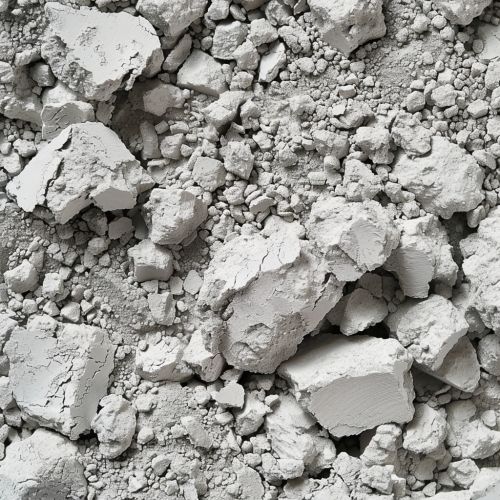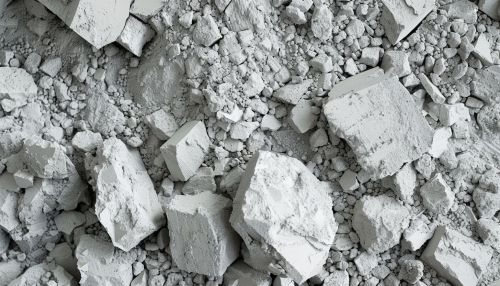Portland cement
Introduction
Portland cement is the most common type of cement in general use around the world. It is a basic ingredient of concrete, mortar, and many plasters. British engineer Joseph Aspdin is often credited with its invention in 1824, although the material has been used in various forms for centuries.
History
The development of modern Portland cement can be traced back to the early 19th century, when methods for manufacturing artificial lime and hydraulic lime were refined. The key breakthrough came in 1824 when Joseph Aspdin, a British bricklayer, patented a process for making a cement that he called "Portland cement", because the resulting concrete resembled the color of the natural stone quarried on the Isle of Portland in the English Channel.
Composition
Portland cement is composed of a number of chemical compounds. These include calcium oxide, silicon dioxide, aluminum oxide, iron(III) oxide, and magnesium oxide. The exact composition varies depending on the type of Portland cement being produced.


Manufacturing Process
The manufacturing process of Portland cement involves several stages. First, the raw materials, primarily limestone and clay, are quarried and crushed. These are then mixed in the correct proportions and ground into a fine powder, known as raw meal. The raw meal is then heated in a cement kiln, a process known as calcination, which results in the formation of calcium silicates. These silicates are the main component of Portland cement.
Types of Portland Cement
There are several different types of Portland cement, each with its own specific properties and uses. These include Type I (general purpose), Type II (moderate sulfate resistance), Type III (high early strength), Type IV (low heat of hydration), and Type V (high sulfate resistance).
Uses
Portland cement is used in a wide range of applications, from the construction of buildings and bridges to the creation of sculptures and artworks. It is also used in the production of asbestos cement products, such as pipes and tiles.
Environmental Impact
The production of Portland cement has a significant environmental impact, primarily due to the release of carbon dioxide during the calcination process. Other environmental concerns include the consumption of large amounts of energy and the generation of dust and other pollutants.
Health and Safety
Exposure to Portland cement can have a number of health effects. These include skin irritation, respiratory problems, and in some cases, serious conditions such as lung cancer. As a result, it is important to handle Portland cement with care, and to use appropriate safety equipment when working with it.
